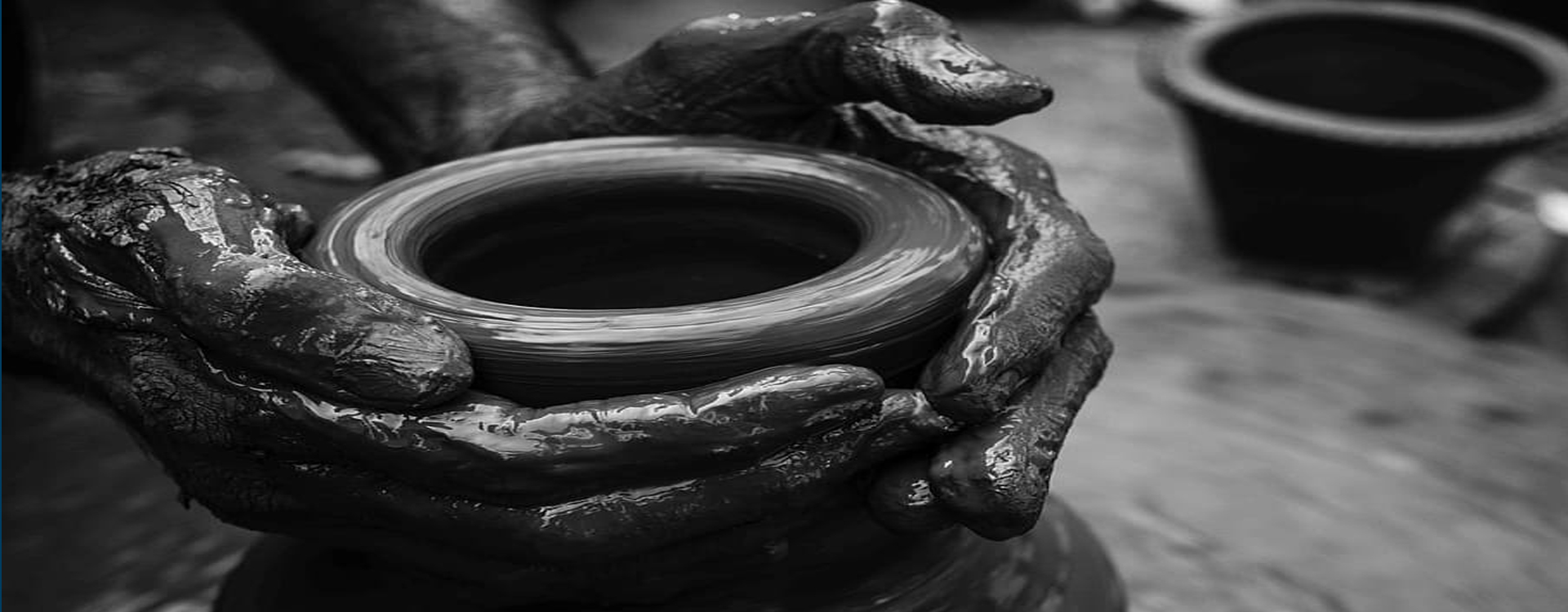Seminar Details
Magnesium (Mg) alloys are promising structural materials owing to their relatively low density (two-thirds of aluminum and one-fourth of steel), high strength-to-weight ratio, and decent mechanical properties at room temperature, rendering it attractive for automotive, aerospace, medical, and electronic industries but their vulnerability to saltwater corrosion limits their broad employment. Among various commercial Mg alloy systems, the Mg-Y-Zn-Zr series have emerged useful for automotive and biomedical applications owing to their excellent mechanical properties at room and elevated temperatures compared to existing AZ31, AZ91, and ZK60 alloys. The rare combination of tensile strength and ductility in as-cast Mg-Y-Zn-Zr alloy can be achieved by thermo-mechanical processing such as rolling, extrusion, and forging, improving the distribution of secondary precipitates viz., W-phase (Mg3Zn3Y2, cubic structure) and X-phase (Mg12ZnY, long-period stacking ordered structure, LPSO phase) depending on Zn/Y ratio in the parent compositions. However, the instantaneous and long-term corrosion behavior of Mg-Y-Zn-Zr alloy in NaCl solution is poor, and the role of secondary precipitates is elusive in the literature. Therefore, the present work develops Mg-4.0Y-4.0Zn-0.5Zr-0.2Ca (wt.%) (WZ44) base alloy by squeeze casting technique to obtain near-net-shape and ultrafine microstructure. Further, the WZ44 alloy was subjected to solution heat treatment (T4) and forging at elevated temperature, significantly altering the microstructure and affecting its mechanical properties. Although, the presence of W-type (Mg3Y2Zn3) and LPSO (Mg12YZn) secondary phases in WZ44 alloy exhibit better micro-hardness, tensile, and compressive mechanical properties than pure Mg at room temperature developed under identical condition. However, the instantaneous and long-term corrosion of the WZ44 alloy in 0.1 molar NaCl solution was inferior compared to pure Mg. Therefore, we explore an environmental-friendly cerium-based conversion coating (CeCC) by optimizing different experimental parameters, including pH, concentration, temperature, and coating duration (30 s, 60 s, 120 s, and 1800 s). Once optimized, the CeCC coating juxtaposed with phosphate treatment (CePT) was successfully applied to the WZ44 alloy to ameliorate the corrosion behavior. However, the CeCC coating comprised pores and cracks allowing Cl- ions ingression to the metal surface, concomitant with severe pitting corrosion of &alpha-Mg grains. Therefore, developing a crack-free coating on WZ44 alloy was a priori to mitigate long-term corrosion. In this regard, ultrasonic-shot peening (USP) combined with CeCC/CePT treatment and an organic-inorganic coating comprising CeCC/CePT, and polymethylmethacrylate (PMMA) were explored. The USP treatment drastically improved the corrosion resistance of the WZ44 alloy by inducing compressive residual stress and strain hardening phenomena. On the contrary, crack-free PMMA/CeCC-based organic-inorganic coating on WZ44 alloy displayed superior corrosion resistance (three orders of magnitude higher) compared to the uncoated specimens. The body of work presented here successfully demonstrates the development of a high-strength Mg-Y-Zn-Zr-based alloy and a step-by-step approach towards a crack-free, non-porous coating offering maximum corrosion resistance in saltwater.


